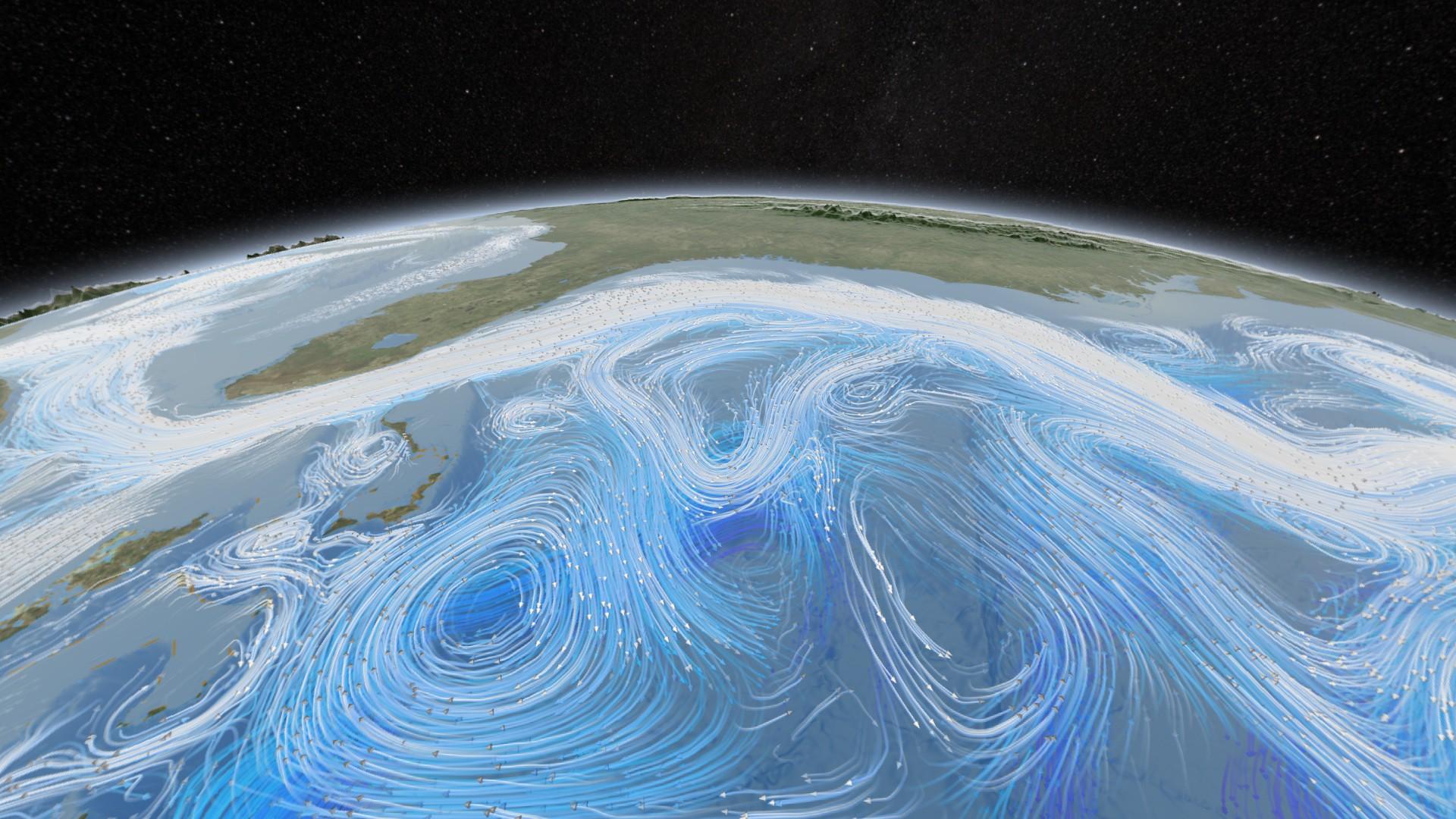
Submitted by Dr C.M. Martin-Jones on Tue, 22/11/2022 - 14:40
Ali Mashayek joins us from Imperial College London, where he is a lecturer in geophysical fluid dynamics and climate science and an affiliate of the Grantham Institute of Climate Change and the Environment.
Ali’s research group studies ocean physics and ecosystem processes in order to understand larger scale budgets of carbon and heat. His research interests lie in issues that are at the heart of understanding climate change — both the climate of the past and anthropogenic change. He will join the Department of Earth Sciences as an Associate Professor in climate modelling from January 2023 and will be joined by his research group, which includes seven research students and a postdoc.
According to Ali, one of his key priorities lies in connecting science to bigger picture policy and society questions. His research group has been to the last five COP meetings (including the recent CO27), and he has written a paper for policy makers on blue carbon and a book chapter exploring ocean-based methods to removed atmospheric CO2.
Previously, he held positions at the University of Oxford, Scripps Institution of Oceanography, and MIT. He received his PhD from the University of Toronto. Ali has held a NERC Fellowship Award for the last five years, investigating how heat and carbon are transferred between the ocean interior and atmosphere at high latitudes.
He is currently a project partner in the recently funded £12-million UKRI CANARI project which will investigate climate change in the Arctic-North Atlantic region and its impact on the UK. Ali will be involved in building climate models to understand climate change mechanisms and feedbacks in the Arctic region.
Ali has a background in geophysical fluid dynamics, geodynamics and palaeoclimate, and hopes to work with colleagues across the Department and University on these themes. One research idea he plans on developing with researchers at Bullard is models than can link plate tectonics to climate variability induced by geometric changes to ocean circulation on timescale of tens of millions of years.

